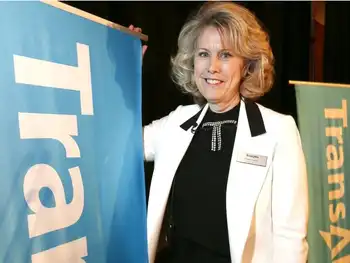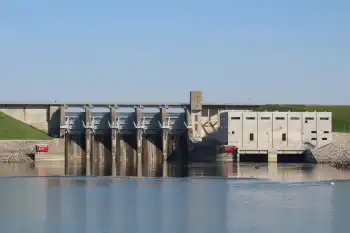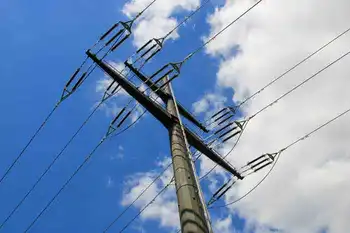TWACS deployments maintain momentum
ST. LOUIS, MISSOURI - Twenty-eight rural electric cooperatives and municipalities have implemented or signed on to use AclaraÂ’s industry-leading TWACS advanced metering infrastructure AMI in the first three months of 2011.
This continues the momentum built by AclaraÂ’s premier power-line communications system over the past three years.
Thirty-six utilities implemented TWACS technology in 2010, almost doubling the total from 2009, when 20 clients deployed it. Aclara is part of the Utility Solutions Group of ESCO Technologies Inc.
Utilities have found TWACS technology to be cost-effective and reliable in installations of all sizes. It is known for its effectiveness in rural areas where population is spread out or in areas with rough terrain, but it has also been successfully deployed in urban environments. PPL Electric Utilities, Wisconsin Public Service, and Idaho Power are utilities with rural and urban mixes that have effectively deployed TWACS AMI systems.
The technology employs existing power-line infrastructure to deliver read rates over 99 percent as reported by customers. Its technology seamlessly integrates into existing substations without adding additional points of failure to the system such as towers, repeaters, or line conditioners.
In addition, Aclara invests heavily in research and development to ensure that its technology continues to meet customersÂ’ increasing demands. For instance, recent developments in the technology employ concurrency and multiplexing to deliver the bandwidth needed to handle millions of meter data points without the latency issues of some mesh radio-frequency technologies.
“TWACS technology has proven to be one of the most durable and effective AMI systems in existence today. Customers deploying TWACS are extremely loyal to the system and our research and development team has made steady improvements designed to address the expanding requirements of our customers,” says Gary Moore, chief operating officer of Aclara. “We see continuing growth in the deployment of TWACS technology well into the future.”
Related News

Feds "changing goalposts" with 2035 net-zero electricity grid target: Sask. premier
REGINA - Saskatchewan’s premier said the federal government is “changing goalposts” with its proposed target for a net-zero electricity grid.
“We were looking at a net-zero plan in Saskatchewan and across Canada by the year 2050. That’s now been bumped to 2035. Well there are provinces that quite frankly aren’t going to achieve those types of targets by 2035,” Premier Scott Moe said Wednesday.
Ottawa proposed the Clean Electricity Regulations – formerly the Clean Electricity Standard – as part of its target for Canada to transition to net-zero emissions by 2050.
The regulations would help the country progress towards an updated proposed goal…




